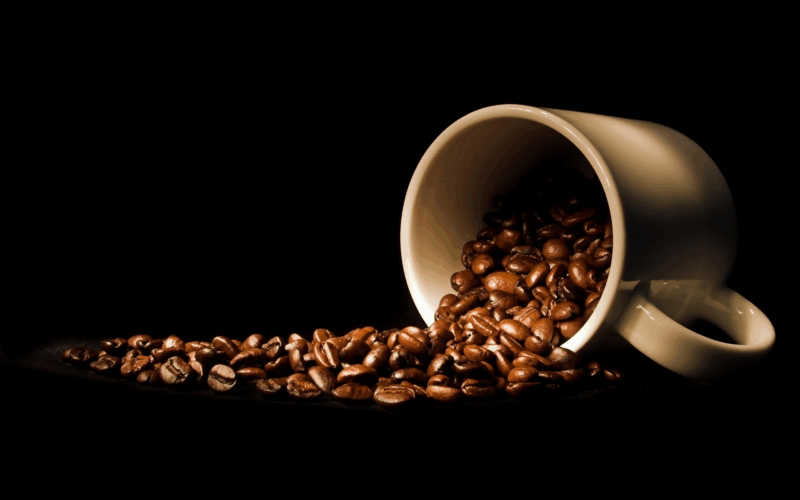Authentic Thai Coffee Recipe. Next Level Depth & Flavour.
History of Thai Traditional Coffee.
The history of traditional Thai coffee is closely intertwined with the introduction of coffee to Thailand by way of trade and cultural exchange. The origins of coffee in Thailand can be traced back to the late 19th century, during the reign of King Rama V (also known as King Chulalongkorn). Rama V is one of the most loved Thailand Kings in history along with Rama IV. These kings changed the Thai landscape in breathtaking & positive ways.
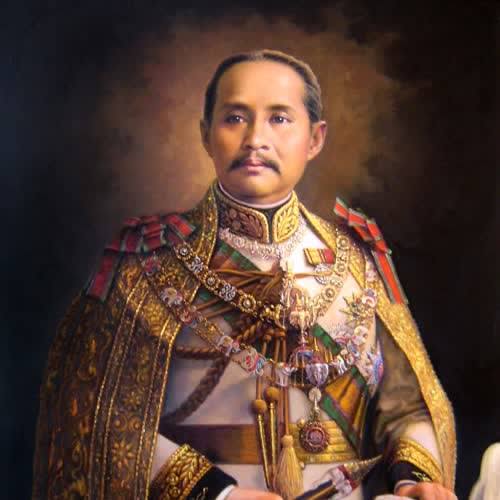
Coffee was first brought to Thailand by a Thai diplomat named Phraya Srisunthornvoharn, who was sent on a diplomatic mission to Europe in 1892. During his travels, he became acquainted with coffee and recognized its potential as a commodity that could be cultivated in Thailand. He obtained coffee seeds from Africa and brought them back to Thailand, where he planted them in the Royal Palace gardens.
The cultivation of coffee began in the northern region of Thailand, particularly in the provinces of Chiang Mai and Chiang Rai, where the climate and altitude were suitable for coffee cultivation. Initially, coffee was grown on a small scale by local farmers, mainly as a cash crop alongside other agricultural products.
Over time, the popularity of coffee grew, and it became a significant part of the Thai agricultural industry. Large-scale coffee plantations were established, and Thai coffee started to gain recognition for its unique flavour profile. The rich volcanic soil, high altitudes, and specific growing conditions in the northern region contributed to the distinct taste and quality of Thai coffee.
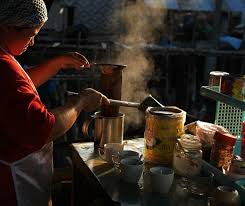
Traditionally, Thai coffee is brewed using a method known as “Kafae Thung” or “Thai-style coffee.” It involves using a metal coffee filter called a “sock” or “Phin.” The Phin is a small cup-shaped filter with a perforated bottom and a handle on top. Coarsely ground coffee is placed in the Phin, and hot water is poured over it. The water slowly drips through the coffee grounds and collects in a cup beneath the filter. This brewing method produces a strong and aromatic cup of coffee, often served with condensed milk and sugar.
In recent years, Thai coffee has gained international recognition for its quality, and specialty coffee shops have emerged, particularly in urban areas. These establishments offer a wide range of brewing methods, including pour-over, espresso, and cold brew, showcasing the versatility and evolving nature of Thai coffee culture.
Today, Thai coffee continues to be an important part of the country’s agricultural industry and is enjoyed by locals and visitors alike. The combination of traditional brewing methods, unique flavour profiles, and a growing specialty coffee scene makes Thai coffee a fascinating and vibrant part of the country’s culinary heritage.
Thai Coffee Recipe.
Certianly one of the joys of living in Thailand as I do is the local authentic thai coffee recipe. It is found in most markets where you can get either the hot variety known as “Cofair Bolarn” or Ancient coffee, as well as it’s cold variation known as Olieng. Just incredible coffee experiences for sure.
Authentic Thai Coffee.
Authentic Thai coffee, also known as Thai-style coffee or “Oliang,” is a popular beverage in Thailand. It has a unique flavor profile and preparation method that sets it apart from other coffee recipes. Let’s explore its history, origin, and how to make it.
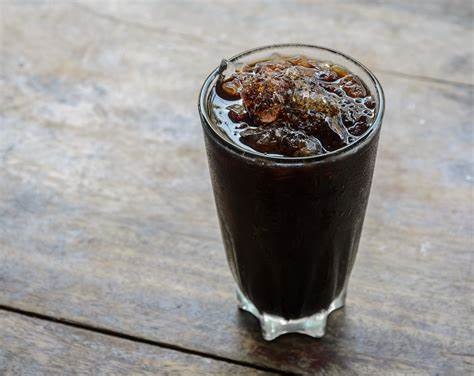
History and Origin:
Thai coffee has its roots in the influence of Chinese immigrants who settled in Thailand many years ago. They brought with them their traditional way of brewing coffee, which eventually merged with Thai culinary practices and tastes. Over time, Thai coffee developed its distinct characteristics, creating a beloved beverage enjoyed by locals and visitors alike.
Ingredients for Authentic Thai Coffee:
To make authentic Thai coffee, you’ll need the following ingredients:
- Thai Coffee Beans: Look for Thai-grown coffee beans specifically labelled for Thai coffee. They are often a blend of Arabica and Robusta beans.
- Roasted Corn: Some recipes call for roasted corn kernels. These add a unique flavor to the coffee.
- Cardamom Seeds (Optional): Cardamom seeds are sometimes added for an aromatic touch. However, this ingredient is not always included in every recipe.
- Sweetened Condensed Milk: Thai coffee is typically served with sweetened condensed milk, which adds creaminess and sweetness.
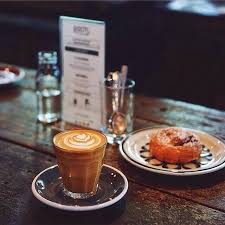
Preparation of Authentic Thai Coffee:
Here’s a basic recipe to make authentic Thai coffee:
- Grind the Beans: Grind the Thai coffee beans to a medium-coarse consistency, similar to what you would use for a French press.
- Roast Corn (Optional): If you choose to include roasted corn, heat a small pan and roast the corn kernels until they turn golden brown. Remove from heat and let them cool.
- Prepare the Coffee: In a coffee filter or a Thai-style coffee sock (a cloth filter), place the ground coffee and roasted corn (if using). Add cardamom seeds if desired. Set the filter over a cup or a traditional Thai coffee brewing pot.
- Brew the Coffee: Pour hot water over the coffee grounds and let it drip slowly into the cup or pot. Thai coffee is often brewed using a slow-drip process to extract the flavours effectively. This process can take several minutes.
- Sweeten and Serve: Once the coffee has finished brewing, pour it into a cup, leaving some space at the top. Add sweetened condensed milk to taste. Stir well to combine. You can also pour the coffee over a glass filled with ice for a refreshing iced version of Thai coffee.
When is Traditional Coffee Enjoyed.
Thai coffee is typically enjoyed as a morning pick-me-up or as a sweet treat throughout the day. The combination of the distinct coffee flavours, roasted corn, and condensed milk creates a unique and delightful beverage. Remember that variations in recipes exist, and different regions or individuals may have their own preferences when it comes to making Thai coffee. Feel free to adjust the ingredients and proportions according to your taste.
Author.
Brendon McAliece is a multi-lingual expat who brings over three decades of flight simulator/PC building experience as well as over two decades of real-world jet fighter experience as a weapons/egress technician. He holds a sport pilot certificate giving him real-world flying experience. Hi travels have taken him from Europe to the Middle East, Asia and his home of Australia. He has a passion for travel, languages, Flight simulation as well as Guitaring and Coffee. You can read more in his blogs below.

Learn more @
DreamingGuitar.com – DreamingCoffee.com – LetsFlyVFR.com
Home – Blog – Shop – About
As an amazon.com affiliate I may earn on qualifying sales.

